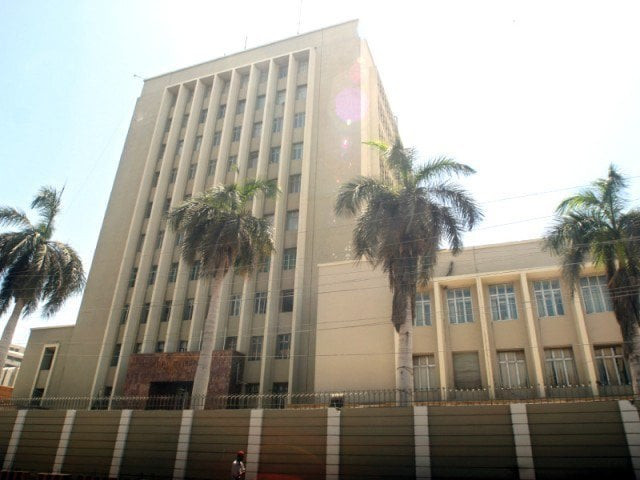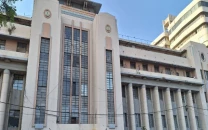Non-performing loans stunted
Amount to Rs605.1b in 2015 despite increase in advances

Amount to Rs605.1b in 2015 despite increase in advances. PHOTO: ATHAR KHAN/EXPRESS
According to the latest data released by the State Bank of Pakistan (SBP), the stock of NPLs in the country’s banking sector amounted to Rs605.1 billion at the end of 2015, up only Rs1 billion from a year ago.
In fact, NPLs decreased 3.9% in the last three months (Oct-Dec) of 2015 over the preceding quarter. Advances extended by all banks amounted to Rs5.3 trillion at the end of 2015, up 8.1% and 5.5% on yearly and quarterly bases, respectively.
The current stock of NPLs poses little threat to the banking system because its share within the total outstanding loans remains tiny. Instead of looking at bad loans in absolute terms, experts say NPLs should be analysed in view of their size within the total advances of the banking sector.
Commonly known as the infection ratio, the share of NPLs in total loans of the banking sector at the end of 2015 was 11.4%. A year ago, however, the infection ratio was 12.3%. This means that the overall share of NPLs has actually gone down over the 12-month period despite an uptick of Rs1 billion in bad loans in rupee terms.
It should be noted that the infection ratio can be misleading at times. After all, a loan typically takes some years before it becomes non-performing. A bank can lend aggressively in the short term to increase its level of outstanding advances, effectively reducing the share of its NPLs or the infection ratio. However, the apparent decline in the infection ratio in this scenario will be a result of growing loans, not shrinking NPLs.
Out of the six major segments that receive advances - i.e. corporate, agriculture, consumer, small and medium enterprises (SME), commodity financing and staff loans - the highest infection ratio was reported in the SME sector at the end of 2015.
More than a quarter (26.1%) of advances extended to SMEs have been categorised as NPLs. The infection ratio in the SME sector has gone down though, as it stood at 30.5% at the end of 2014. The share of advances extended to SMEs within the banking sector’s total advances was just 5.9% at the end of the last year.
The infection ratio in the advances extended to the corporate sector remained 12.3%, which is higher than the overall infection ratio of 11.4% recorded at the end of 2015. The corporate sector is the biggest borrower, with more than a two-thirds share in the total advances of the banking sector.
The infection ratios at the end of December in the agriculture sector, consumer sector, commodity financing and staff loans remained 13%, 8.7%, 1.2% and 1.2%, respectively. Only agriculture and commodity financing sectors witnessed a year-on-year rise in NPLs in absolute terms.
Within the consumer sector, mortgage loans recorded the highest infection ratio (24.8%), followed by consumer durables (21%) at the end of 2015.
A sector-wise breakdown of NPLs reveals the highest infection ratio was recorded in the textile sector (25.9%), which was followed by automobile/transportation (23%), electronics (12.9%), shoe and leather garments (14.9%), and cement (12.8%) sectors.
The minimum infection ratios were recorded in insurance (0.2%), sugar (5.8%) and production/transmission of energy (5.9%) at the end of December, SBP data shows.
Published in The Express Tribune, February 27th, 2016.
Like Business on Facebook, follow @TribuneBiz on Twitter to stay informed and join in the conversation.



















COMMENTS
Comments are moderated and generally will be posted if they are on-topic and not abusive.
For more information, please see our Comments FAQ